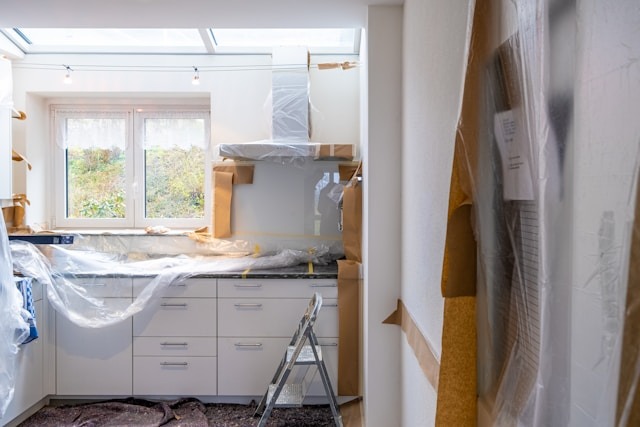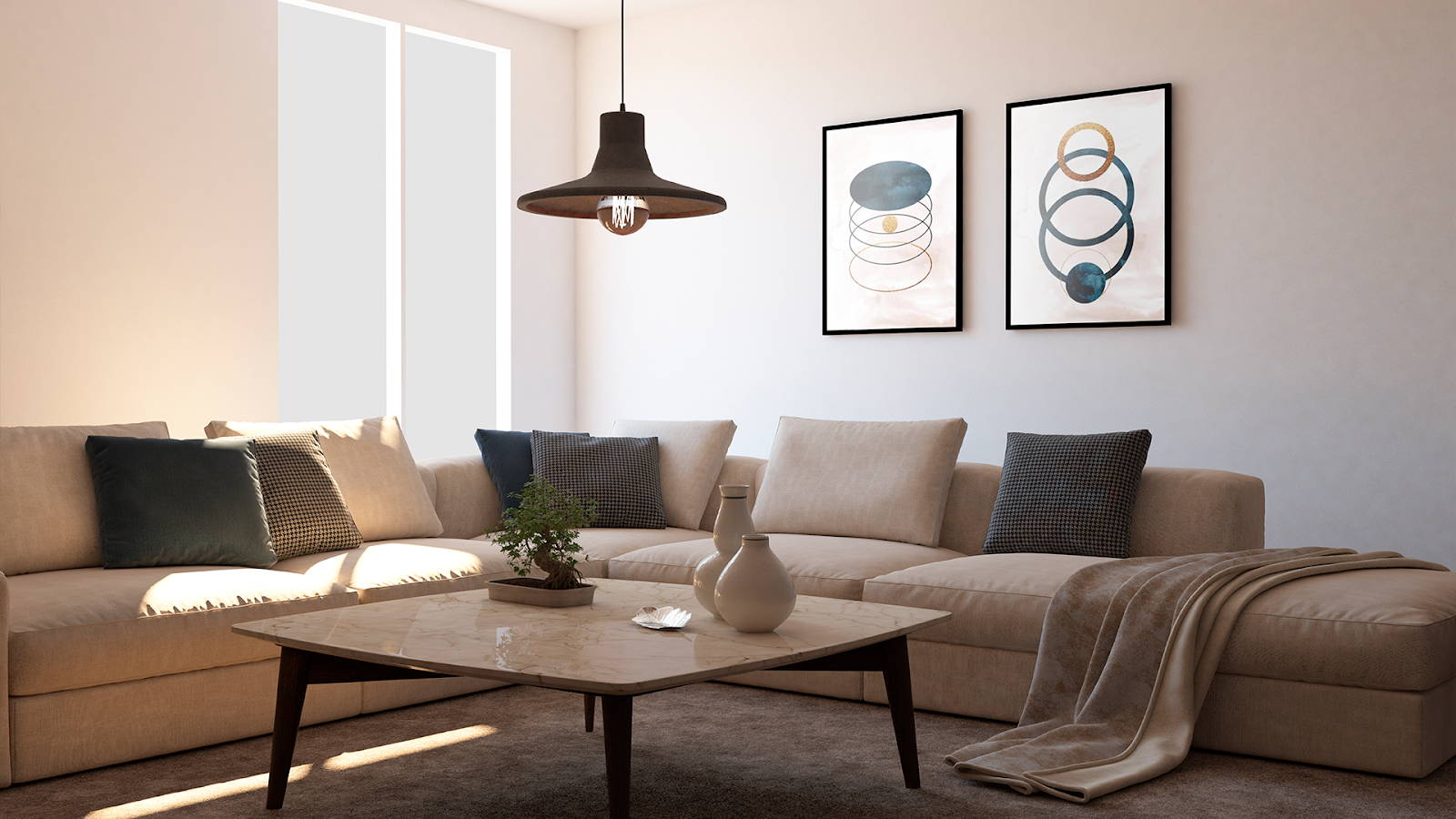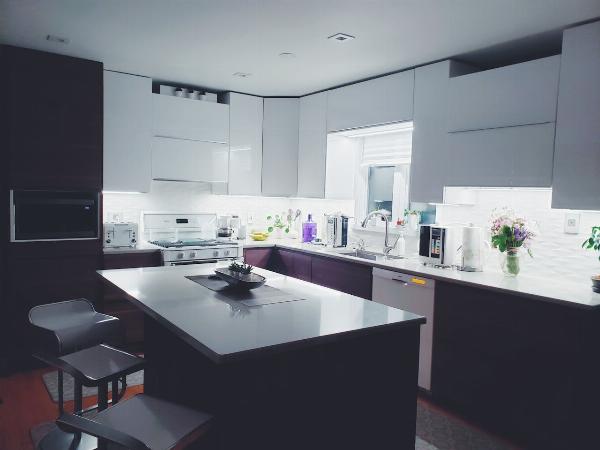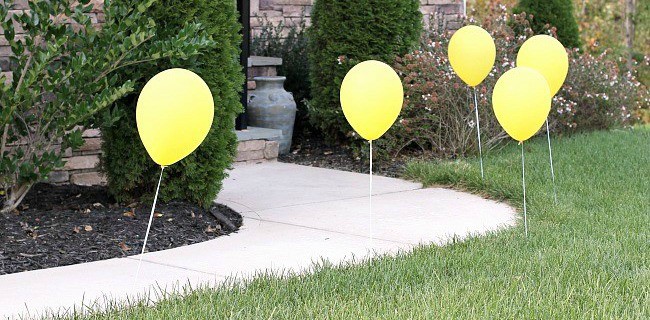The Ultimate Pool Water Testing Guide: Mastering Chemical Balance for a Perfect Pool in 2025

Strong 8k brings an ultra-HD IPTV experience to your living room and your pocket.
This is my definitive guide to pool water testing. I'll explain why chemical balance is crucial, what to test for (pH, chlorine, alkalinity), how to test correctly, and how to troubleshoot common water problems.
Your Pool's Weekly Health Check-up
Owning a swimming pool is a dream, offering a private oasis for relaxation, entertainment, and exercise. But the crystal-clear, inviting water that forms the heart of this dream doesn't happen by accident. Just like a pristine garden, a beautiful pool requires consistent care. I believe the single most important task in that care is regular pool water testing.
Many pool owners view testing the water as a confusing and tedious chore. In reality, I see it as the equivalent of a weekly health check-up for your aquatic investment. It's a simple, proactive process that empowers you to understand what's happening in your water and make small, easy adjustments. Getting this right prevents almost every common pool problem before it starts, from cloudy water and algae blooms to swimmer discomfort.
Furthermore, achieving the perfect chemical balance is about more than just aesthetics and sanitation. It is the key to protecting the significant investment you've made in your pool's infrastructure. This guide will demystify the science of pool water testing, transforming it from a dreaded task into a confident routine. I'll cover why it's so critical, exactly what to test for, the best methods to use, and how you can become the master of your own perfect pool.
The "Why": The Critical Importance of Chemical Balance
Before diving into the "how-to," it's essential to understand why maintaining chemical balance is non-negotiable. Properly balanced water is the foundation upon which every other aspect of a healthy pool is built.
For Swimmer Comfort and Safety
This is the most immediate and personal reason. Water that is too acidic (low pH) will cause stinging eyes, itchy skin, and can even damage swimsuits. More importantly, if your sanitizer level (chlorine) is too low, the water becomes a breeding ground for harmful bacteria, viruses, and other pathogens that can cause recreational water illnesses. Proper balance ensures the water is both comfortable and hygienically safe for your family and guests.
For Protecting Your Pool Equipment
Your pool's circulation and filtration system—including the pump, filter, and heater—is the life support of your pool, and it is highly vulnerable to imbalanced water.
Corrosion: Water with a low pH is acidic and will actively corrode any metal components it touches. This includes heater cores, pump seals, ladder screws, and light fixtures, leading to premature and costly failures.
Scaling: Water with a high pH and high calcium hardness becomes "scaling." It deposits crusty, white calcium scale on surfaces, most dangerously inside your heater and pipes. This scale restricts water flow, dramatically reduces efficiency, and can eventually clog your system entirely.
For Protecting Your Pool Surfaces and Features
The damage caused by poor chemical balance extends to the very surfaces of your pool.
Plaster and Grout: Acidic water will etch and erode plaster and grout surfaces, making them rough and pitted. Scaling water will leave ugly mineral deposits that are difficult to remove.
Vinyl Liners: High chlorine and low pH can bleach and fade a vinyl liner, while also making it brittle and shortening its lifespan.
High-End Features: This is especially critical for pools with luxury components. Features like premium tile, elegant water features, and especially architectural underwater windows rely on balanced water. The stunning clarity of an acrylic pool window can be compromised by the formation of calcium scale on its surface, requiring intensive cleaning. In a worst-case acidic scenario, any component of the system can be put at risk. Protecting these high-value features starts with balanced water.
For Efficiency and Algae Prevention
Chlorine is your pool's primary defender against algae. However, its effectiveness is directly tied to the water's pH level. When the pH is too high, it renders a large percentage of your chlorine inactive and useless. You could have plenty of chlorine in the pool, but it simply won't be able to do its job, giving algae the perfect opportunity to bloom. Maintaining balance ensures that every dollar you spend on chemicals is working at peak efficiency.
The Core Parameters: What You Absolutely Must Test Weekly
While pool chemistry can seem complex, you only need to master a few core parameters for routine maintenance. Think of these as the "vital signs" of your pool's health.
Sanitizer (Chlorine/Bromine): The Germ Guardian
This is the chemical that kills microorganisms and keeps your water safe. For most pools, this is Chlorine.
What it Does: Kills bacteria, algae, viruses, and other pathogens. It also oxidizes (burns off) organic waste like sweat and sunscreen.
The Key Readings:
Free Chlorine (FC): This is the active, available chlorine that is ready to kill contaminants. This is your most important reading.
Combined Chlorine (CC): This is chlorine that has already combined with contaminants. It is weak, ineffective, and creates that notorious "chlorine smell." High CC indicates a problem.
Total Chlorine (TC): This is simply the sum of FC + CC.
Ideal Range: 1-3 parts per million (ppm) for Free Chlorine. 0 ppm is the ideal for Combined Chlorine.
Why Balance Matters: Too low, and your pool is unsanitary. Too high, and it can be irritating to swimmers (though high CC is usually the real culprit for irritation).
pH: The Master Scale of Acidity
The pH scale measures how acidic or basic your water is, on a scale from 0 to 14.
What it Is: A reading of 7.0 is neutral. Below 7.0 is acidic, and above 7.0 is basic (or alkaline).
Why it Matters: As I mentioned, pH is the gatekeeper of chlorine effectiveness. At a high pH of 8.0, over 80% of your chlorine is inactive. Proper pH also ensures swimmer comfort and protects equipment from corrosion or scaling.
Ideal Range: 7.4 to 7.6. This is slightly basic, which is ideal for both chlorine efficiency and human comfort (it's very close to the pH of human tears).
Adjusting pH: Use a "pH increaser" (soda ash) to raise it, or a "pH decreaser" (muriatic acid or dry acid) to lower it.
Total Alkalinity (TA): The pH Stabilizer
Total Alkalinity is a measure of the concentration of dissolved alkaline substances in the water.
What it Does: TA acts as a buffer or an anchor for the pH. It prevents the pH from swinging wildly up and down with every rainstorm or chemical addition.
Why it Matters: If your TA is too low, the pH will be unstable and "bounce" all over the place, making it impossible to control. If the TA is too high, the pH will be "locked" in place and become very difficult to adjust.
Ideal Range: 80-120 ppm.
Adjusting TA: Use an "alkalinity increaser" (sodium bicarbonate, which is essentially baking soda) to raise it. Lowering TA is trickier and usually involves a process of using acid to lower both pH and TA, then aerating the water to raise the pH back up. Always adjust TA before you make fine-tuned adjustments to pH.
The Secondary Parameters: Testing for Long-Term Health
These parameters don't need to be tested as frequently as the core three, but they are vital for the long-term health and stability of your pool. I usually recommend a monthly check.
Calcium Hardness (CH): The Surface Protector
Calcium Hardness is the measure of how "hard" or "soft" your water is.
What it Is: The amount of dissolved calcium in the pool.
Why it Matters: Water naturally seeks to balance itself. If the water is too "soft" (low CH), it will become aggressive and try to pull the calcium it needs directly from plaster, grout, or concrete surfaces, causing etching and damage. If the water is too "hard" (high CH), it will deposit excess calcium as scale on every surface.
Ideal Range: 200-400 ppm for plaster pools (slightly lower is acceptable for vinyl liner pools).
Cyanuric Acid (CYA): The Chlorine Sunscreen
For any outdoor pool that uses chlorine, Cyanuric Acid is essential.
What it Is: A chemical stabilizer that protects chlorine from being destroyed by the sun's ultraviolet rays.
Why it Matters: Without CYA, direct sunlight can destroy the majority of your free chlorine in just a few hours. CYA forms a weak bond with the chlorine, protecting it from the sun but releasing it to attack contaminants.
Ideal Range: 30-50 ppm.
The Double-Edged Sword: CYA is critical, but too much of it (over 100 ppm) can be detrimental, as it can "over-stabilize" the chlorine and make it slow and ineffective. CYA does not evaporate; it only leaves the pool through splash-out or draining water.
The "How": Your Guide to Accurate Pool Water Testing
You have the knowledge; now you need the right tools and techniques.
Choosing Your Testing Method
Liquid Reagent Test Kits: These are the gold standard for accuracy. They use dropper bottles to add reagents to a water sample, causing a color change that you compare to a chart. A good DPD kit will allow you to test for Free and Total Chlorine, enabling you to calculate the critical Combined Chlorine level.
Test Strips: These are the fastest and easiest method. You dip a strip in the water, and different pads on the strip change color. They are great for quick, daily checks, but are generally less accurate than liquid kits and can give false readings if they are old or have been exposed to moisture.
Digital Testers: These electronic devices provide a precise numerical reading, removing any guesswork from color matching. While they are the most expensive, they offer excellent accuracy and ease of use.
My Recommendation: Use a high-quality liquid test kit for your main weekly testing, and supplement with test strips for quick checks in between.
The Step-by-Step Process for a Perfect Sample
How you collect your water sample is just as important as the test itself.
Always use a clean sample vial. Rinse it with pool water before collecting your sample.
Move away from returns and skimmers. You want a sample that represents the main body of the pool, not an area with freshly chlorinated water.
Go elbow-deep. The surface of the water can have contaminants and is not representative of the whole pool. Turn the opening of your vial or bottle upside down, go about 18 inches deep, and then turn it right-side up to collect the sample.
Follow the instructions precisely. Whether it’s a liquid kit or strips, follow the directions to the letter. Use the exact number of drops, swirl when it says swirl, and wait for the specified time.
Read the results in good lighting. Natural daylight is best. Avoid reading results in direct, harsh sunlight or in the shade.
Log your results. Keep a simple logbook or use a smartphone app. This helps you track trends and understand how your pool behaves over time.
Become the Master of Your Pool
Pool water testing is the most empowering skill a pool owner can learn. It demystifies the chemistry and puts you in complete control, transforming pool care from a reactive, problem-solving chore into a proactive, preventative routine. By spending just ten minutes a week testing your water and making small, confident adjustments, you ensure your pool remains a safe, sparkling, and inviting oasis. More importantly, you safeguard the longevity of your entire investment, from the pump that powers it to the beautiful surfaces that define it. A balanced pool is a healthy pool, and a healthy pool is the key to years of effortless enjoyment.
Need expert advice on achieving the perfect chemical balance or caring for your pool's unique architectural features? Contact the specialists at Hammerhead Aquatics today.
Frequently Asked Questions (FAQs)
How often should I test my pool water? During the peak swimming season, you should test for sanitizer (chlorine) and pH at least 2-3 times per week. You should test for Total Alkalinity at least once a week. Calcium Hardness and Cyanuric Acid can be tested monthly.
What is the right order to add chemicals to my pool? Always follow this general order, allowing the water to circulate for several hours between additions: 1. Adjust Total Alkalinity first. 2. Adjust pH. 3. Adjust Calcium Hardness. 4. Add Sanitizer (Chlorine) last. Always add chemicals to a bucket of water to pre-dissolve them, then pour the solution into the pool—never dump granular chemicals directly into the skimmer.
Is taking my water to a pool store for testing better? Pool store testing can be a great way to get a comprehensive, computerized analysis, especially if you're troubleshooting a difficult problem. They often use high-end digital testers that can check for metals and other things. However, for routine maintenance, learning to do it yourself is more convenient and gives you a better day-to-day understanding of your pool's needs. A good strategy is to test at home weekly and take a sample to the store once a month.
How does heavy rain affect my pool's chemical balance? Rain is typically acidic and contains no alkalinity, calcium, or sanitizer. A heavy downpour can dilute your pool water, lowering your pH, Total Alkalinity, Calcium Hardness, and CYA levels. It's always a good idea to test your water after a significant rainfall event.
What is "shocking" a pool and when should I do it? Shocking (or superchlorinating) is the process of adding a large dose of chlorine to the pool to raise the free chlorine level dramatically. This is done to burn off combined chlorine (chloramines), kill resistant algae, and eliminate contaminants after a heavy bather load or a storm. You should shock your pool when your Combined Chlorine level is above 0.5 ppm, if you have an algae bloom, or about once every 1-2 weeks during peak season as a preventative measure.
Note: IndiBlogHub features both user-submitted and editorial content. We do not verify third-party contributions. Read our Disclaimer and Privacy Policyfor details.







